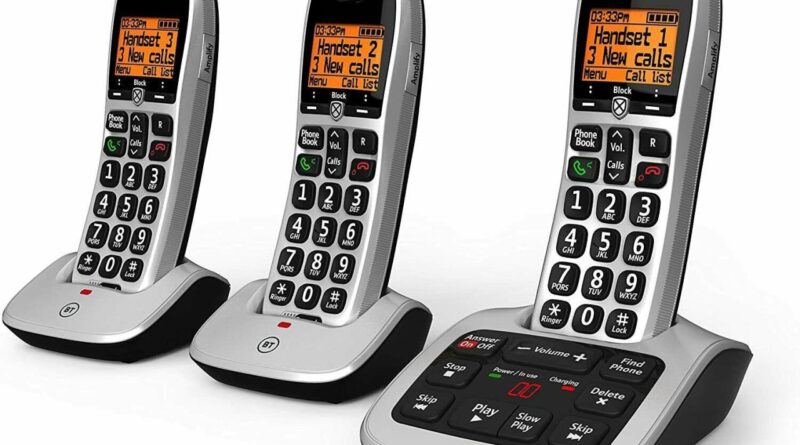Button Telephones: A Comprehensive Guide To Their History, Evolution, And Impact
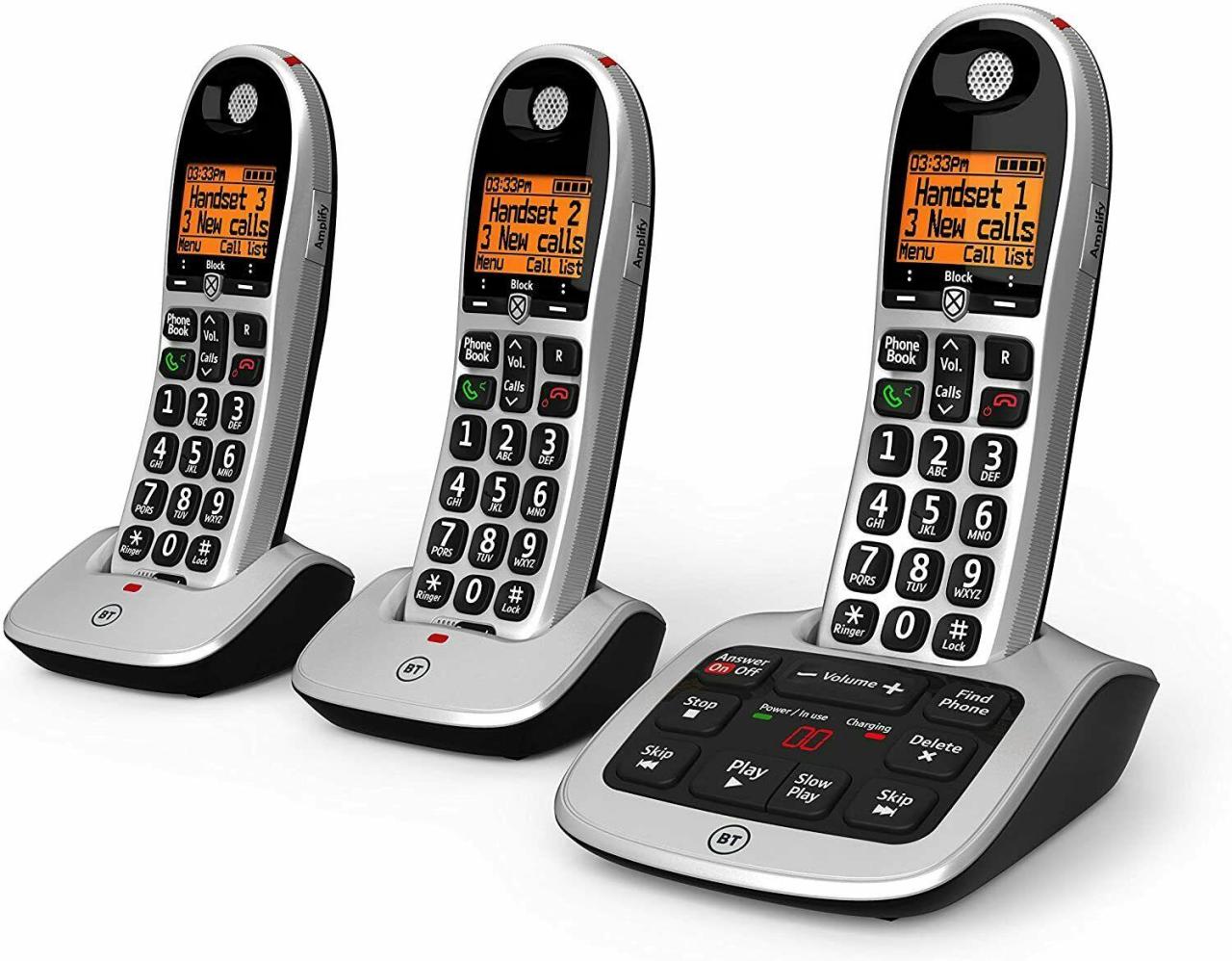
Button Telephones: A Comprehensive Guide to Their History, Evolution, and Impact
Introduction
Button telephones, also known as push-button telephones or touch-tone phones, have revolutionized the way we communicate. They have replaced the traditional rotary dial phones, offering a more convenient and efficient way to make phone calls. This article provides a comprehensive guide to button telephones, exploring their history, evolution, and impact on communication.
History of Button Telephones
The concept of button telephones dates back to the early 20th century. In 1918, the American Telephone and Telegraph Company (AT&T) filed a patent for a "push-button telephone." However, it was not until the 1960s that button telephones became commercially available.
In 1963, AT&T introduced the Touch-Tone telephone, which featured 12 buttons arranged in a 3×4 grid. Each button represented a different number, and pressing a button sent a corresponding tone to the telephone exchange. This tone-based signaling system allowed for faster and more accurate dialing compared to rotary dial phones.
Evolution of Button Telephones
Over the years, button telephones have undergone significant evolution. Here are some key milestones:
- 1970s: The introduction of electronic circuitry in button telephones led to the development of features such as redial, hold, and mute.
- 1980s: The advent of digital technology enabled the integration of additional features, such as caller ID, call waiting, and voicemail.
- 1990s: The emergence of mobile phones challenged the dominance of button telephones, but they remained popular for landline use.
- 2000s: The introduction of VoIP (Voice over Internet Protocol) technology allowed button telephones to be used for internet-based phone calls.
Types of Button Telephones
Button telephones come in various types, each designed for specific purposes:
- Basic Button Telephones: These are the most common type of button telephones, featuring a basic set of features such as dialing, redial, and hold.
- Corded Button Telephones: These telephones are connected to a telephone jack via a cord, providing a reliable connection.
- Cordless Button Telephones: These telephones use wireless technology to connect to a base station, allowing for greater mobility.
- Speakerphone Button Telephones: These telephones have a built-in speaker, enabling hands-free conversations.
- Caller ID Button Telephones: These telephones display the caller’s information on a screen, allowing users to identify incoming calls.
Impact of Button Telephones
Button telephones have had a profound impact on communication:
- Increased Efficiency: Button telephones significantly reduced the time required to make phone calls compared to rotary dial phones.
- Improved Accuracy: The tone-based signaling system of button telephones eliminated the errors associated with rotary dialing.
- Enhanced Features: The integration of electronic and digital technology in button telephones introduced a wide range of features that enhanced the user experience.
- Mobility: Cordless button telephones provided greater mobility, allowing users to make phone calls from anywhere within the range of the base station.
- Accessibility: Button telephones made communication more accessible for people with disabilities, such as those with limited dexterity.
Advantages of Button Telephones
Button telephones offer several advantages over other types of phones:
- Simplicity: Button telephones are easy to use, making them suitable for people of all ages and abilities.
- Reliability: Corded button telephones provide a reliable connection, ensuring clear and uninterrupted phone calls.
- Affordability: Button telephones are generally more affordable than other types of phones, making them a cost-effective option.
- Durability: Button telephones are typically more durable than other types of phones, withstanding wear and tear.
- Compatibility: Button telephones are compatible with most telephone systems, including landlines and VoIP networks.
Disadvantages of Button Telephones
Despite their advantages, button telephones also have some disadvantages:
- Limited Features: Basic button telephones may lack advanced features found in smartphones and other modern devices.
- Mobility: Corded button telephones restrict mobility, while cordless button telephones have a limited range.
- Outdated Technology: Button telephones are based on older technology compared to smartphones and other modern devices.
- Aesthetic Appeal: Button telephones may not be as aesthetically pleasing as other types of phones.
- Obsolescence: Button telephones are gradually being replaced by smartphones and other mobile devices.
Future of Button Telephones
While button telephones have been largely replaced by smartphones and other mobile devices, they are still widely used for landline communication. As technology continues to evolve, button telephones may continue to play a role in specific applications, such as:
- Emergency Communication: Button telephones are often used in emergency situations due to their reliability and simplicity.
- Business Communication: Button telephones are still used in some business settings, particularly for call centers and other applications where simplicity and reliability are important.
- Home Communication: Button telephones remain popular for home use, especially in areas with limited mobile coverage or for people who prefer a more traditional phone experience.
Conclusion
Button telephones have played a significant role in the history of communication. They have evolved from simple devices to feature-rich phones, offering convenience, efficiency, and accessibility. While they have been largely replaced by smartphones and other mobile devices, button telephones continue to serve a purpose in specific applications. As technology continues to advance, it remains to be seen how button telephones will adapt and evolve in the future.
5 Best Button Telephones for Enhanced Communication
1. AT&T CL82405 Corded Telephone
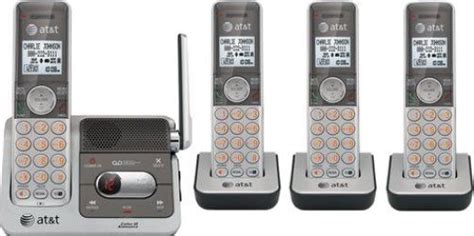
- Large, easy-to-read display
- Caller ID with 50-name memory
- 10-speed dial buttons
- Full-duplex speakerphone
- Hearing aid compatible
2. Panasonic KX-TGE270 Cordless Telephone
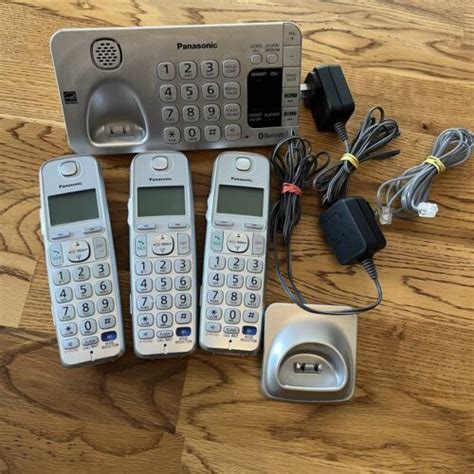
- 2-line cordless system with 3 handsets
- Digital answering machine with 18 minutes of recording time
- Caller ID with 50-name memory
- Expandable up to 6 handsets
- DECT 6.0 technology for clear sound
3. VTech CS6919-2 DECT 6.0 Cordless Telephone
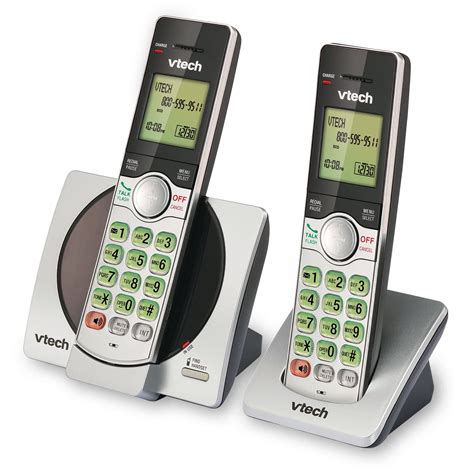
- 2-line cordless system with 2 handsets
- Digital answering machine with 14 minutes of recording time
- Caller ID with 50-name memory
- Expandable up to 5 handsets
- DECT 6.0 technology for interference-free calls
4. Uniden D1788-2 DECT 6.0 Cordless Telephone
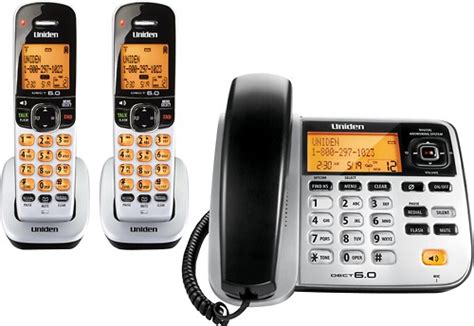
- 2-line cordless system with 2 handsets
- Digital answering machine with 15 minutes of recording time
- Caller ID with 50-name memory
- Expandable up to 5 handsets
- DECT 6.0 technology for superior sound quality
5. Ooma Telo Air 2 VoIP Phone
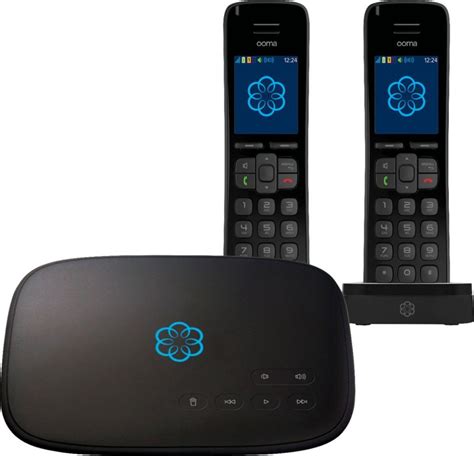
- VoIP phone that connects to your home Wi-Fi network
- Free unlimited calling to the US and Canada
- Caller ID with 50-name memory
- Voicemail with email notifications
- Compatible with Amazon Alexa and Google Assistant
